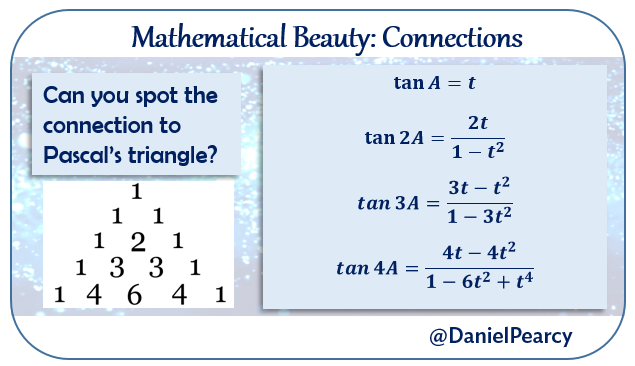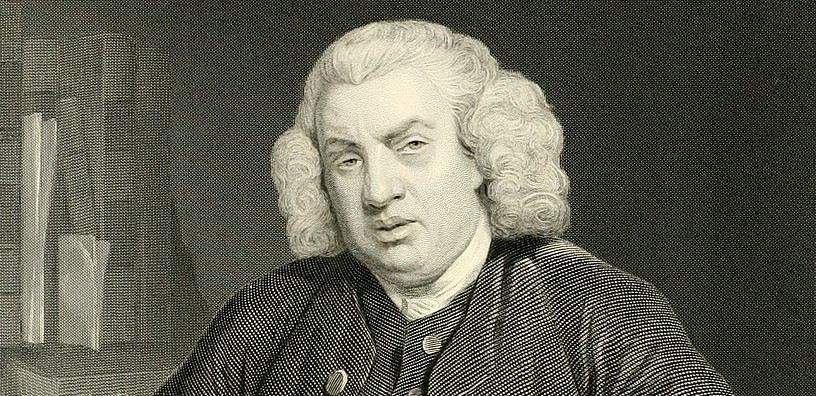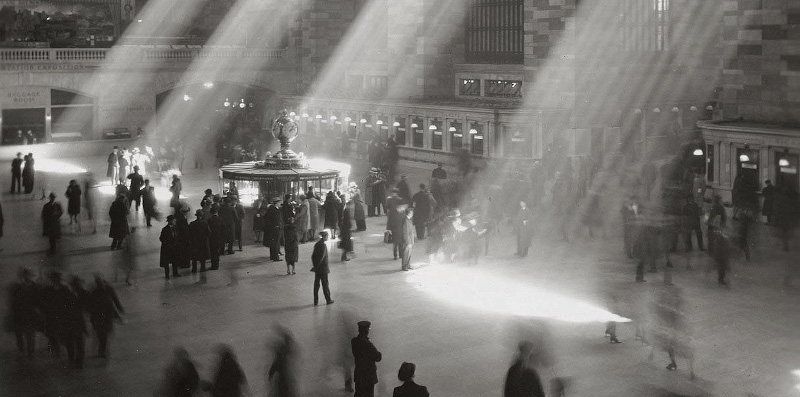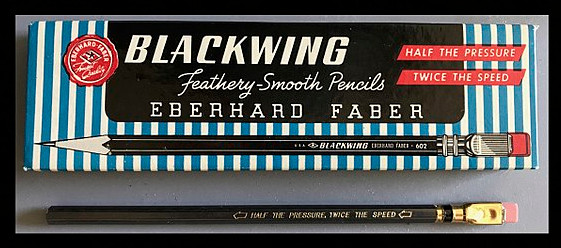A curious detail from Ernest Shackleton’s 1919 memoir South — he and his companions have just crossed 800 miles of the icy Southern Ocean and traversed unexplored South Georgia Island to get help for their friends on Elephant Island:
When I look back at those days I have no doubt that Providence guided us, not only across those snowfields, but across the storm-white sea that separated Elephant Island from our landing-place on South Georgia. I know that during that long and racking march of thirty-six hours over the unnamed mountains and glaciers of South Georgia it seemed to me often that we were four, not three. I said nothing to my companions on the point, but afterwards Worsley said to me, ‘Boss, I had a curious feeling on the march that there was another person with us.’ Crean confessed to the same idea. One feels ‘the dearth of human words, the roughness of mortal speech’ in trying to describe things intangible, but a record of our journeys would be incomplete without a reference to a subject very near to our hearts.
T.S. Eliot picked up the image in The Waste Land:
Who is the third who walks always beside you?
When I count, there are only you and I together
But when I look ahead up the white road
There is always another one walking beside you
Gliding wrapt in a brown mantle, hooded
I do not know whether a man or a woman
— But who is that on the other side of you?
Shackleton’s description encouraged other survivors of extreme hardship to share similar experiences — it appears to be most common among mountain climbers, solo sailors, and polar explorers. It’s called the Third Man factor.





